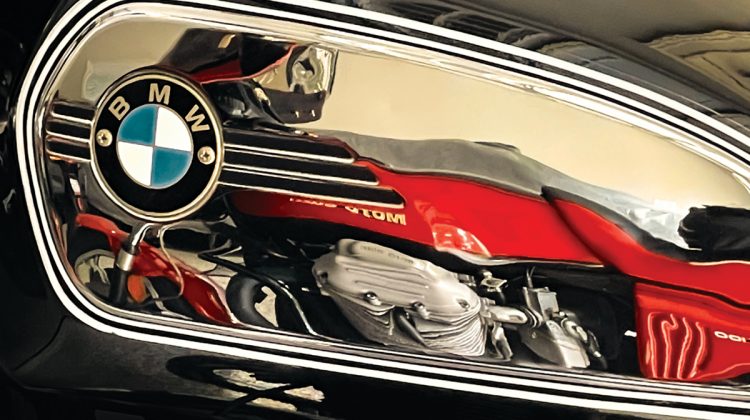
Some things, like fine wine, really do get better with time. That describes many things in life, including long term friendships. It can also describe long term relationships with vintage motorcycles. In a nod to what Robert Pirsig said in “Zen and the Art of Motorcycle Maintenance,” the word “better” can take on different meanings depending on one’s vantage point. He used it to depict the difference between bikes and cars, focusing on time. One is better than the other if “better” means the fastest way to get between points in the least amount of time irrespective of weather. The relationship is reversed if the clock isn’t an issue, and it really is more about enjoyment and being one with the environment.
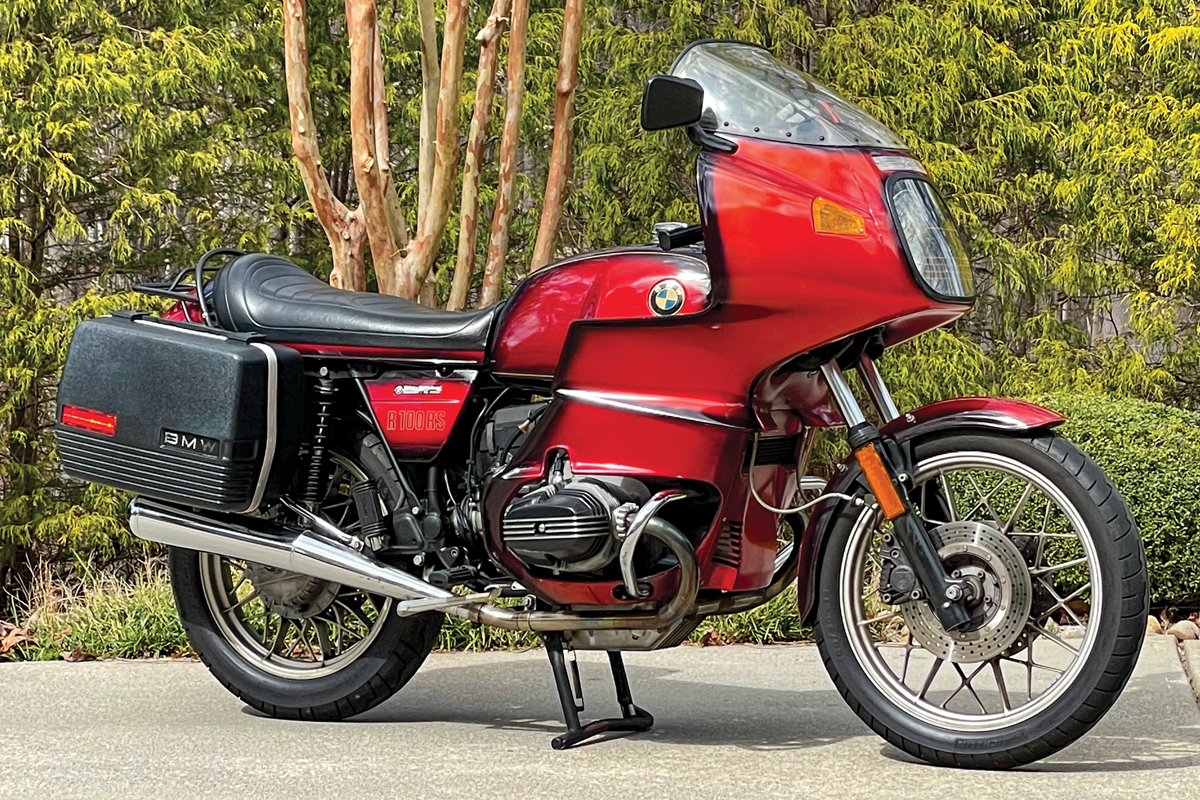
The smell of pies baking in some unseen farmhouse, or the temperature shift when traversing hills and valleys, will forever escape those locked in the climate-controlled staleness of an SUV.
If there’s something special about two-wheeled transit, the penultimate experience in my opinion can be had at the controls of a vintage bike. I won’t for a minute suggest that the technical capabilities in new machines aren’t astounding. Stronger brakes, more power, bigger tire contact patches, traction control, GPS, and an array of things we couldn’t imagine 30 years ago are simply standard equipment now, yet for me personally, I remain unmoved. Visits to dealerships to check on new items don’t draw me in even when I hope that they somehow will. Show me something from the ‘70s or ‘80s, and the mind starts to wander. It was a simpler time for sure, although by then they generally were reliable and capable. The fact that they remind me of a time before my hair grayed is a notable, but less important, side-benefit.
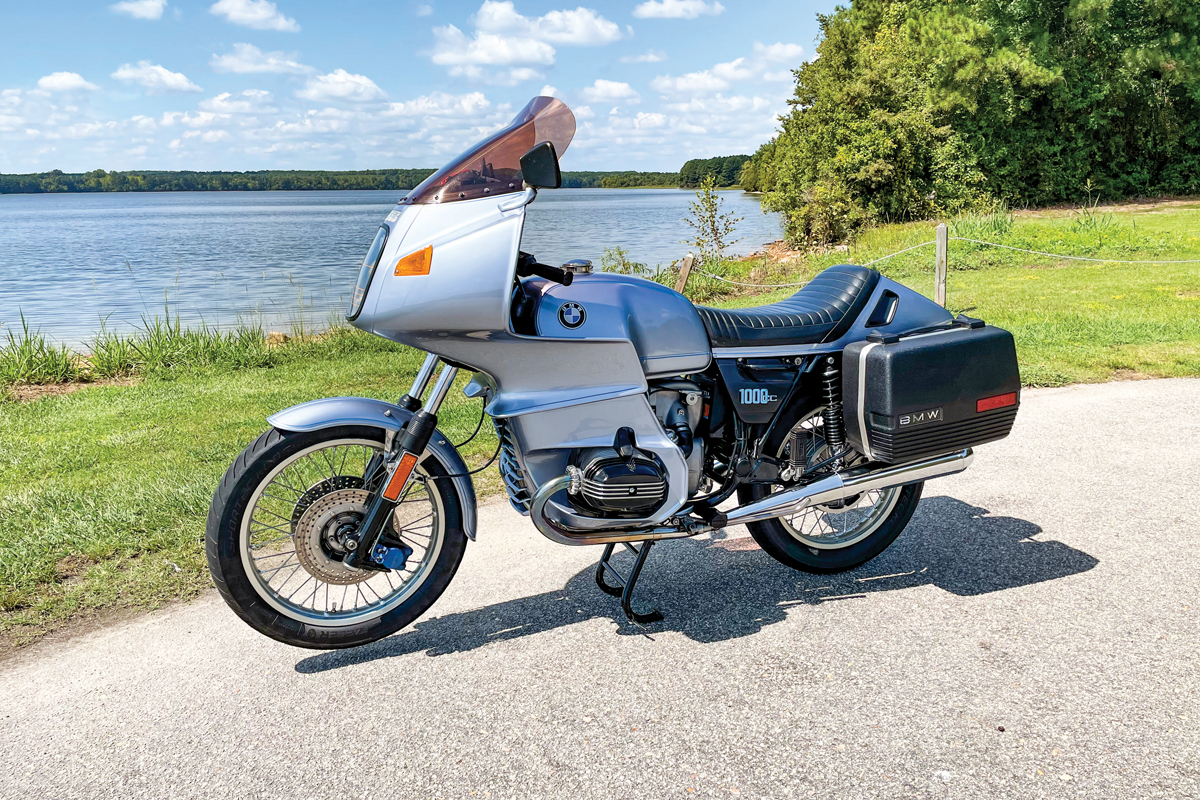
My own passions run to BMW and Moto Guzzi, but there were many other amazing machines from that era. Ducati, Triumph, Norton, BSA, Harley, Honda, Kawasaki, Suzuki and many more. A vintage motorbike meetup to me is like getting lost in a giant candy store. It plays music for my soul.
But there’s trouble on the horizon. Many dealers won’t touch things that are more than 10 years old. Historically, that wasn’t necessarily a big deal, since there were plenty of independent shops ready to pick up the load, but that’s changing fast. The youngest Baby Boomer just clipped 60. That’s not old, but it is telling. By 2030, 75% of the U.S. labor force will be Millennials or Zoomers and the oldest Gen-Xer will be 65 and picking out their own Medicare plan.
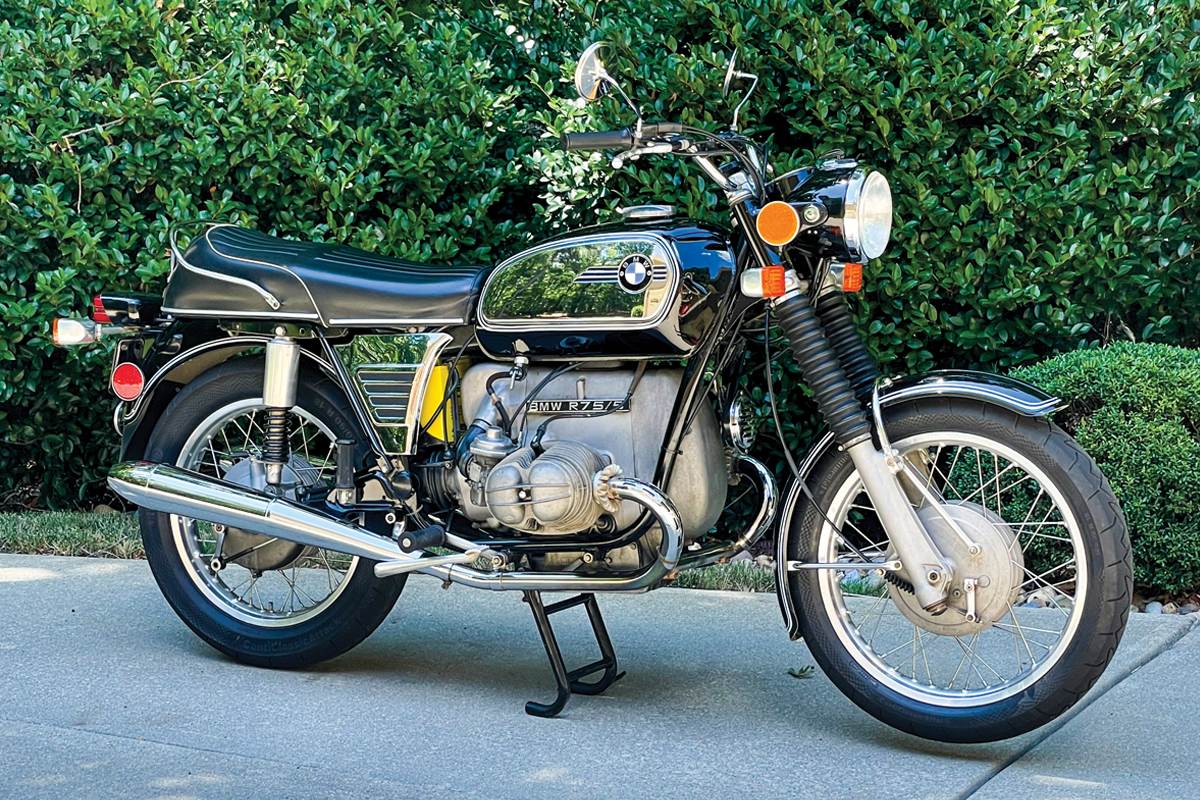
While we could have sat around wringing our hands, we decided to explore more productive options. Along with others who are BMW Club members in Central North Carolina, we learned the problem is pretty universal everywhere. Someone pointed out that we were lucky to be focused on BMWs and not BSAs or Nortons given parts availability concerns, but more importantly that expertise in those storied machines is getting to be scarcer than unicorns. BMW AG in Munich heard what we were doing and asked to be kept in the loop.
Like so many things in life, we started with a spark of an idea and an accidental meeting. The meetup came with Robert “R.J.” Wiggins in Clayton, North Carolina. A serial entrepreneur, he also has a passion for vintage bikes, with a strong devotion to Aermacchi motorcycles. Built in Italy in the post war years, they came into the States in a partnership with Harley-Davidson.
Wiggins’ passion runs deep, as any 30 second conversation will confirm. Along the way, he hired someone to keep his own wheels turning. Suddenly, bikes he didn’t own were filling his garage as friends and family discovered the need for “help!” He decided to make it into a real business in a hanger-like facility located near Johnston County Airport.
When I first rolled in on my 1973 R75/5 “Toaster Tank,” I was struck by three things. How clean it was, first. Next, how big it was — like nothing I’d ever seen before. Finally, how young and energetic the team was. We immediately fell into a comfortable cadence of telling stories and kicking tires, as if we were old friends getting reacquainted. It seemed like we’d hit pay dirt.
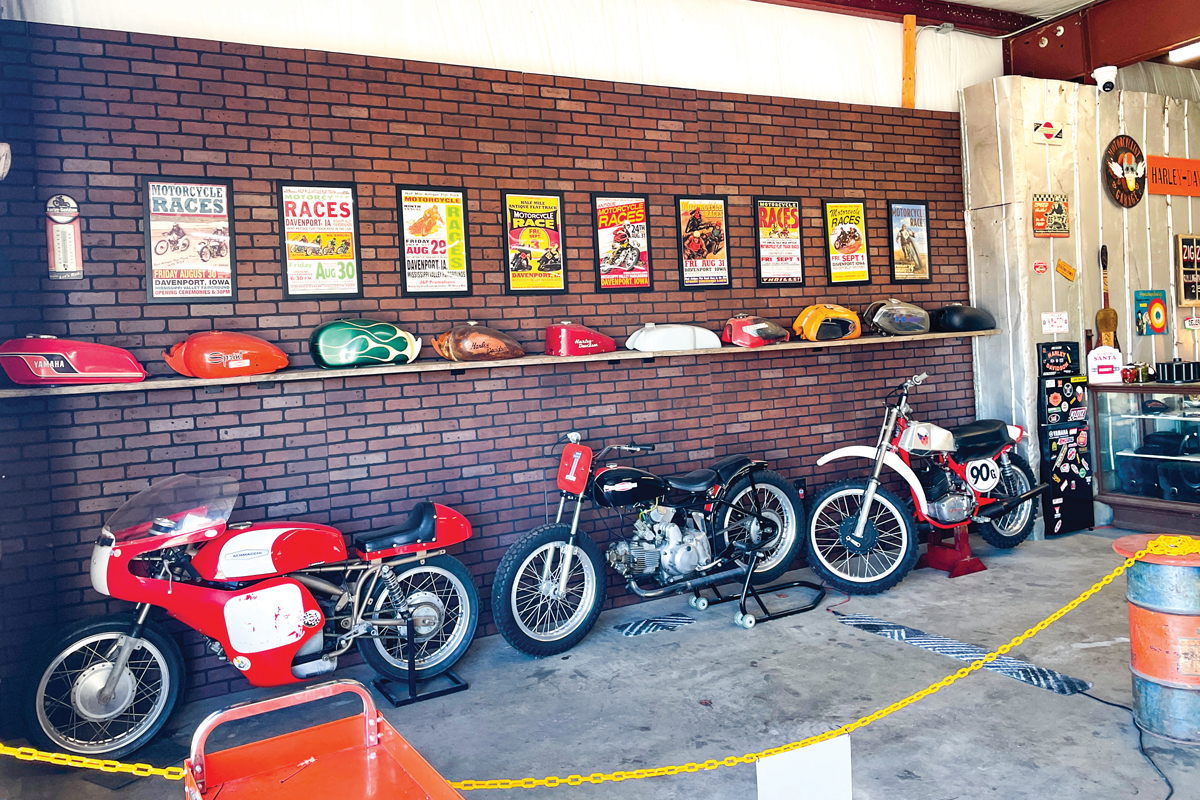
Wiggins’ business model is to build the operation with a group of eager individuals who have an ownership stake in the shop. He’s networking with others, now including the local BMW Airheads club, to expand on the knowledge base and build out another generation of mechanical talent to keep the vintage machines running strong.
As we began to circulate this idea in the BMW community, we created an interesting set of reactions. One was of notable naysaying, with long experienced individuals noting the specialized experience required to navigate the wide array of models and model years. The special knowledge the mechanics with decades in the business have is an incredibly valuable asset, and we appreciated the perspective.
Others with similar experiences noted that this can all be taught and learned, and that people with experience with one brand or generation, assuming basic competency, should be able to learn new tricks about old stuff quickly.
By far and away the most significant reaction was along the lines of, “I wish someone would do that here!” When we posted information about a planned open house and knowledge-sharing event the weekend of May 4, 2024, we got terrific responses in North Carolina. Then people started responding with an intent to join us from South Carolina, Virginia, Florida, Delaware, New Jersey, Connecticut, Minnesota and California.
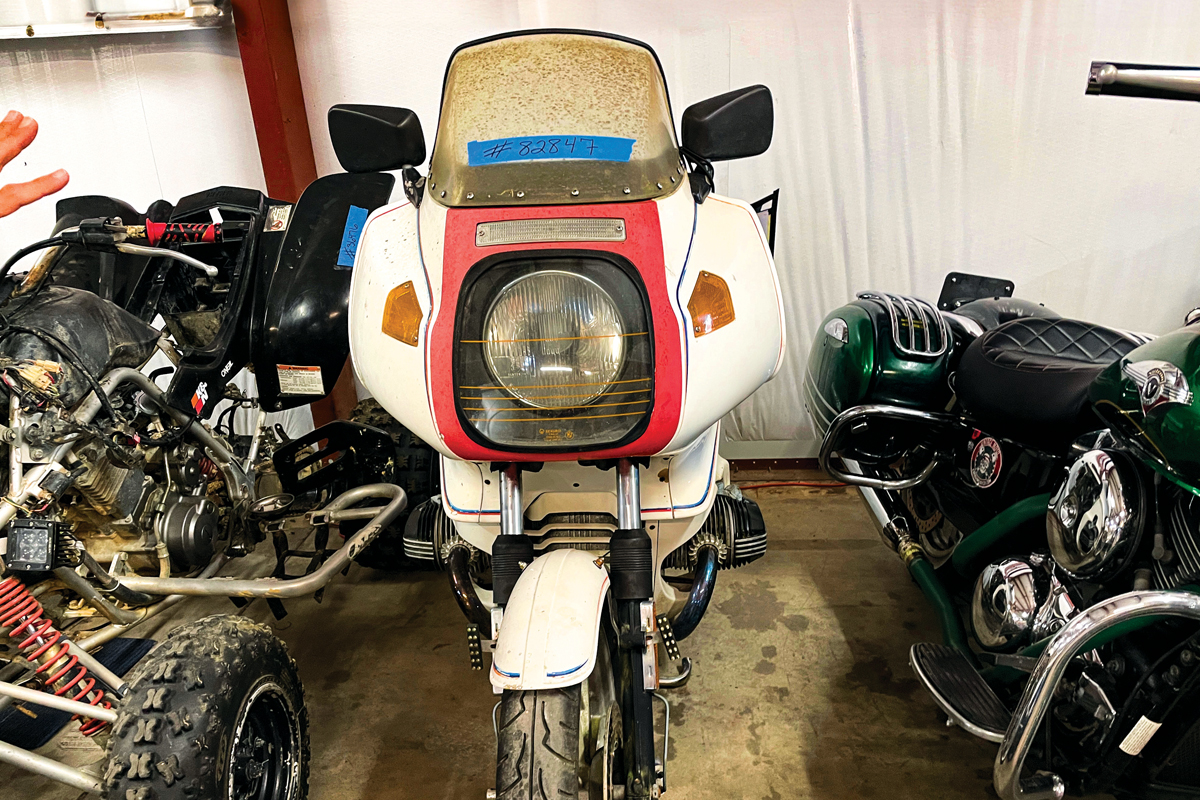
Assured both here in the States, and with encouragement from our mates in Germany, we doubled down on the preparations. The first day of the weekend is focused on Beemers, the second on all brands.
We began gathering specialized tools and a resurrection of a 1978 R100RS was completed. She’s running again after years sitting out in the rain.
A 1976 R90S engine rebuild began. Wiggins brought his team together and I began a brain dump of what I know about these engines, which I’ve personally been around since my dad celebrated my high school graduation by buying himself an R90/6. Two years later, I acquired my own R60/5 which became the foundation for life affirming, and life altering adventures. Almost 50 years ago, my dad, the master USAF mechanic, showed me how to care for these wonderful pieces of rolling art. He talked my grandmother into giving me a Craftsman tool set as a graduation present.
Today, those tools hang on the pegboard in my garage, ready to be called into action whenever needed. Now I find myself sharing some of the lessons I learned then with eager minds that are closer in age to my own grandsons than to me.
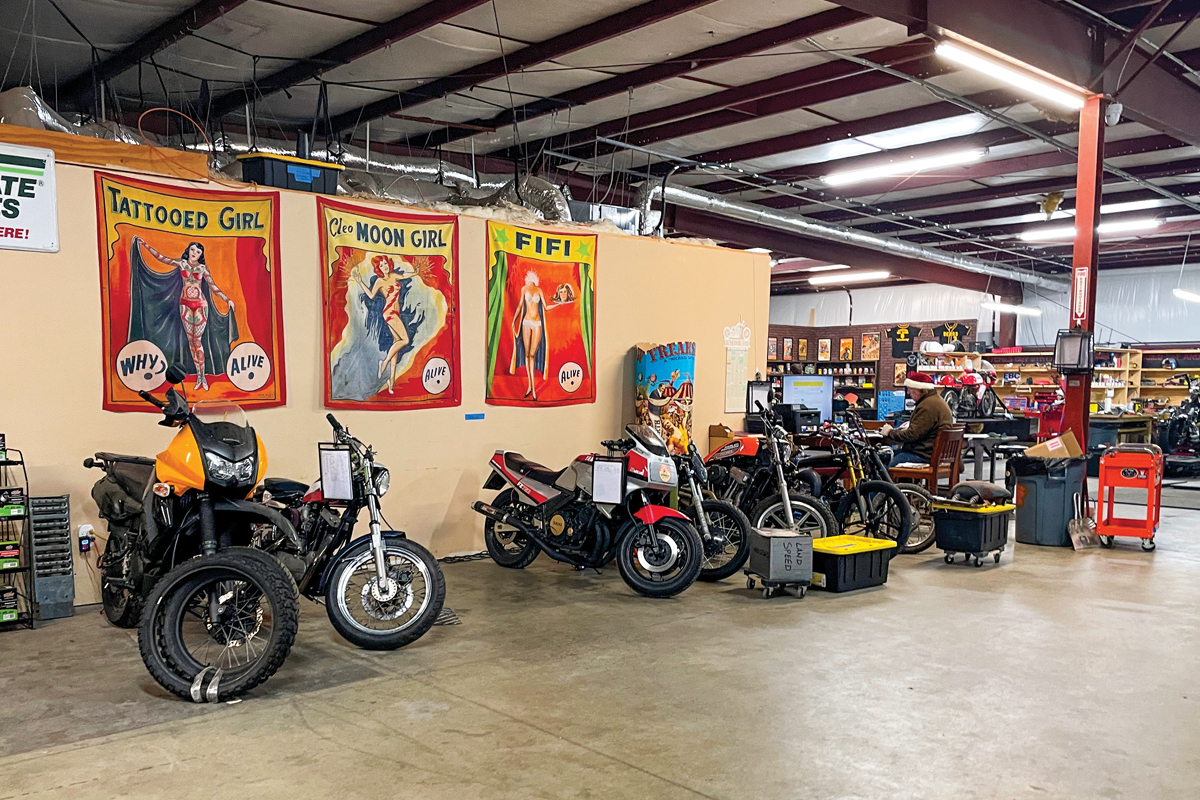
Many have stories like this. While we could just sit around the campfire and watch the flame burn out, that seems like a stunningly bad idea. Instead, we need to find a way to put more wood on the fire and build it back better and stronger. As if to prove that point, the young aces at Vintage Moto USA needed to find a puller for disassembling part of the R90S motor. No BMW tools were to be found, but the Aermacchi equivalent worked just fine.
On any given day at the shop in Clayton, you may find a Norton Atlas or Commando. A Triumph Trident or Bonneville. A Honda 750-4 or a Kawasaki Z1. A Panhead or a Knucklehead HD. Many of these vintage bikes can soldier on with the application of TLC and money.
As I’ve learned over the years, even pretty vintage bikes can be pricey to make them right and reliable. I could have bought a new Honda for less than the cost of the restoration of my Moto Guzzi LeMans. But the Goose was something my dad bought himself the year I finished college. Even 44 years later, the sense of joy that comes with this machine is hard to describe. Of course, a new bike would go faster, stop better and provide all kinds of cool electronic gadgets; however for me, nothing will ever be sweeter than a fast sweeper on my dad’s bike which just happened to have raced in the 1981 Battle of the Twins at Daytona.
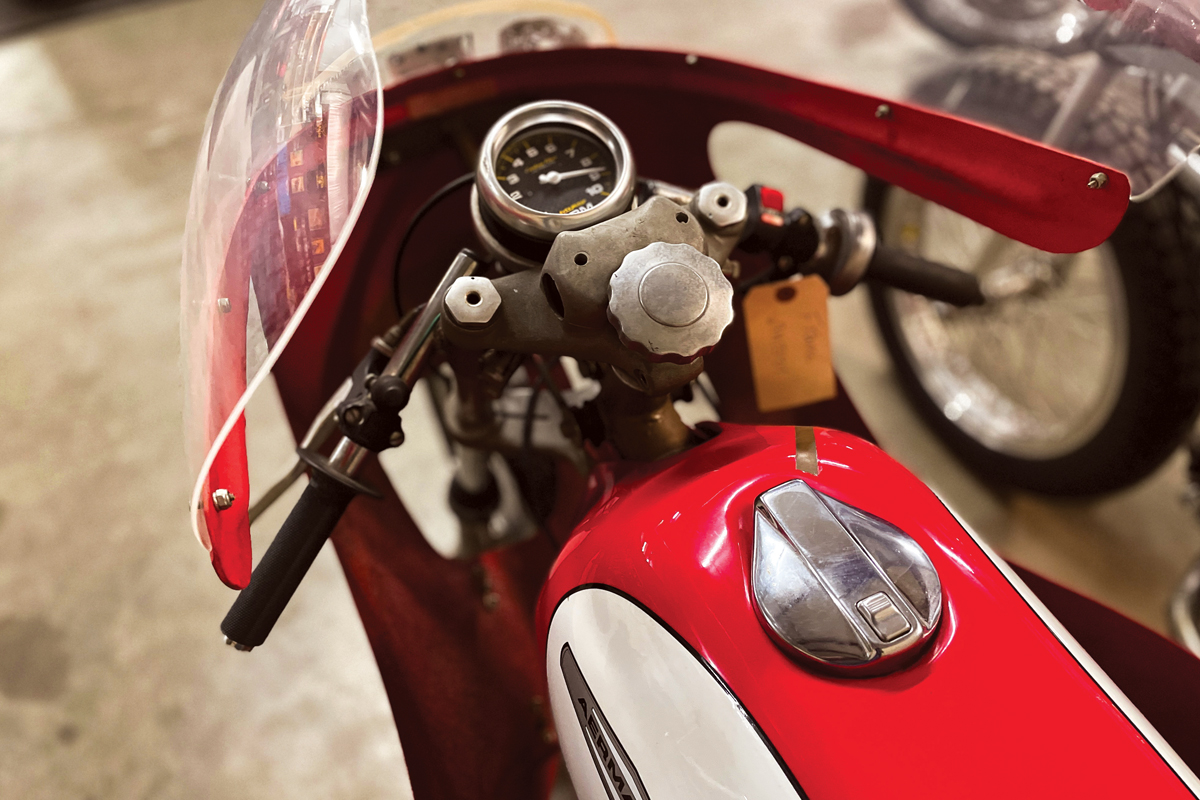
Wiggins is committed to a long ride with this business, which could extend the business model to other places. The North Carolina Airheads club is helping and hoping to make that a reality.
In his 1962 State of the Union address, President John Kennedy noted “the best time to fix your roof is when the sun is shining.” For our vintage bikes, it is cloudy in the forecast. No time like the present to get after fixing things. Hand me a 10mm, a torque wrench, and let’s ride on together.


